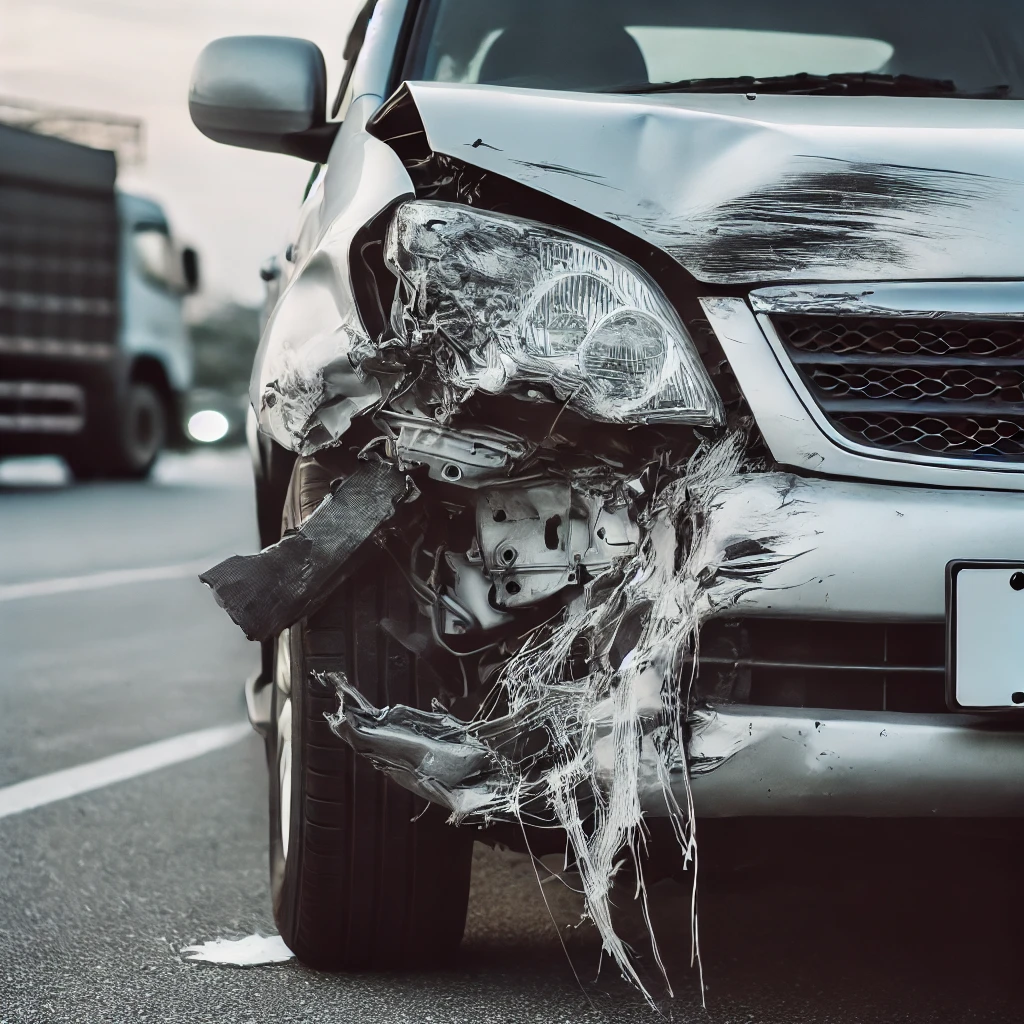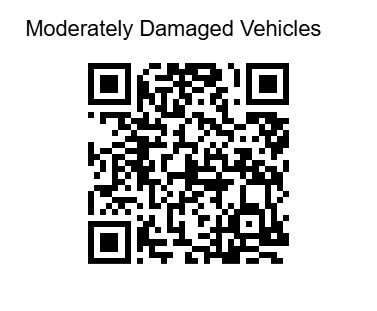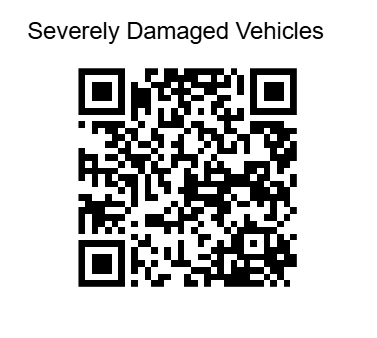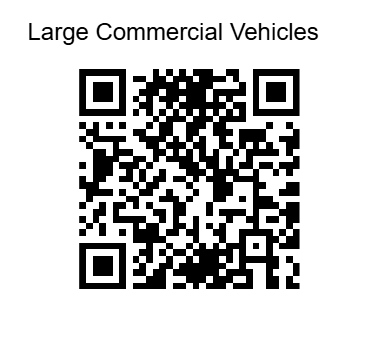Vehicle Data Retrieval
(EDR, ACM, & analysis plus More)

Unlocking the Secrets
When dealing with an accident, having access to the correct data is crucial, and that’s where EDR (Event Data Recorder) information comes in. By downloading this data, we can quickly verify the vehicle’s speed at the time of the incident, giving us a clear idea of how fast things were moving when the crash happened. We also look at whether the driver applied the brakes and when, which helps us understand if there was an attempt to stop or slow down before the impact. The timing and cause of airbag deployment are also critical—this tells us exactly when the airbags went off and why, giving us insight into the severity of the crash. Additionally, knowing the force of impact and the extent of the damage lets us gauge just how serious the collision was.
But it doesn’t stop there. We can also analyze the driver’s actions leading to the crash, giving us a better sense of what happened in those crucial moments. This data provides verifiable evidence that is helpful in court, especially when determining liability. It also plays a significant role in insurance investigations, helping companies figure out who’s at fault. We’ll evaluate if safety systems like ABS or ESC were engaged, and we can analyze the vehicle’s behavior to help reconstruct the accident, making it easier to understand precisely what happened.
Beyond that, EDR data can solve several other critical issues:
Fraud Detection – EDR records help uncover fraudulent accident claims by verifying whether a crash actually happened, whether the reported sequence of events is accurate, and if any vehicle actions were inconsistent with driver statements. This is essential for insurance companies, legal teams, and law enforcement in identifying staged accidents or exaggerated claims.
Angle of Impact – The data allows us to determine the precise angle at which a collision occurred, helping reconstruct how the vehicles collided. This is critical in multi-vehicle crashes, T-bone accidents, and side-impact collisions where liability might be disputed.
Direction and Area on the Vehicle Where Force Was Applied – The system records data on where the primary force of impact occurred, whether it was the front, rear, or side of the vehicle, and whether multiple impacts happened. This information is vital for determining collision responsibility and reconstructing the exact crash dynamics.
Location of the Vehicle Before, During, and After the Crash – EDRs can provide insights into the vehicle’s movement pattern leading up to, during, and immediately after the crash, including whether the car skidded, rotated, or came to a controlled stop. This helps analyze how the driver reacted and what factors influenced the crash.
Determining Key Information About the Other Party (Speed, Location, Impact Angle, etc.) – By using EDR data from one vehicle and combining it with physical crash evidence and reconstruction techniques, we can estimate the speed, angle of impact, and trajectory of the other vehicle involved in the accident. This is crucial when no EDR data is available for the other vehicle but liability must still be determined.
Furthermore, the data tells us if the driver used the steering wheel, whether seat belts were worn, and whether turn signals or hazard lights were used correctly. If someone hits you from behind, we can prove it with the data. Finally, we can identify who was in the driver’s seat during the crash, ensuring the information is as accurate and complete as possible.
With all this information, we’re here to help you understand what happened and provide the evidence needed to ensure a fair outcome—whether for legal proceedings, insurance claims, or accident analysis.
Choose Your EDR or Black Box Data Services Today!!!
The vehicle can start normally with a key or button.

- 450; The expert visits the vehicle location to retrieve data.
- $300; Ship your EDR device to my lab for data retrieval. Returned with results.
- $200; Data retrieval and expert analysis

The vehicle may start but at least should be able to power up.

- $500; The expert visits the vehicle location to retrieve data.
- $300; Ship your EDR device to my lab for data retrieval. Returned with results.
- $250; Data retrieval and expert analysis

The vehicle is incapable of starting due to severe damage.

- $1000; The expert visits the vehicle location to retrieve data.
- $350; Ship your EDR device to my lab for data retrieval. Returned with results.
- $300; Data retrieval and expert analysis

Trucks, vans, buses, and other transport with an EDR device.

- $2100; The expert visits the vehicle location to retrieve data.
- $1000; Ship your EDR device to my lab for data retrieval. Returned with results.
- $500; Data retrieval and expert analysis

What is an EDR, otherwise known as a vehicular Black Box?
The term “black box” might evoke thoughts of airplanes, but it’s equally applicable in the automotive industry. Officially known as an Event Data Recorder (EDR), a black box is a device installed in most modern vehicles that records crucial data related to the vehicle’s operation (For detail info about EDR / CDR).

Verifying Vehicle History:
When buying a used vehicle, accessing the black box data is akin to opening a window into its past. It provides a comprehensive record of events leading up to accidents, including speed, brake usage, airbag deployment, and more. This data can help uncover any discrepancies between what's disclosed by the seller and the actual events. Remember, salespersons will do whatever it takes to get their commission! While a few mechanics can clear diagnostic information from a vehicle, they can't do so with a black box or EDR data.

Determining Accurate Valuation:
Sellers looking to get the best value for their vehicle need to present accurate information. The black box readout offers an unbiased account of the vehicle's performance, which can be a powerful negotiating tool. It demonstrates transparency and builds trust between the buyer and seller. Beside, no person would ever wants to buy a repaired vehicle as brand new.

Ensuring Safety and Reliability:
Before refinancing a vehicle, lenders want to ensure they make a sound investment. Black box data can be pivotal in this regard. It provides insights into how the car has been driven, which can impact its safety and overall condition. A well-maintained vehicle with a clean black box history may result in more favorable loan terms, resale values, and low maintenance costs. Can you imagine how helpful it is to know that a vehicle you are about to purchase was involved in a 90-mph wreck?

Resolving Insurance Claims:
Accidents happen, and when they do, having access to the black box data can expedite the claims process. It provides an unbiased account of what transpired, which can help insurance companies determine liability and process claims more efficiently.

Preventing Fraud and Disputes:
In cases of disputes or suspected fraud, black box data can be invaluable. It serves as an objective witness, providing an accurate account of the events leading up to an incident. This can be crucial in legal proceedings and insurance claims.
Conclusion: Making Informed Decisions:
If you’re in need of professional black box readout services, Crodymi LLC is here to help. Our team of experts specializes in extracting and interpreting black box data, providing you with the insights you need for confident decision-making. Contact us today to learn more!
M.S., B.S.
Date: Jan 1, 2023

